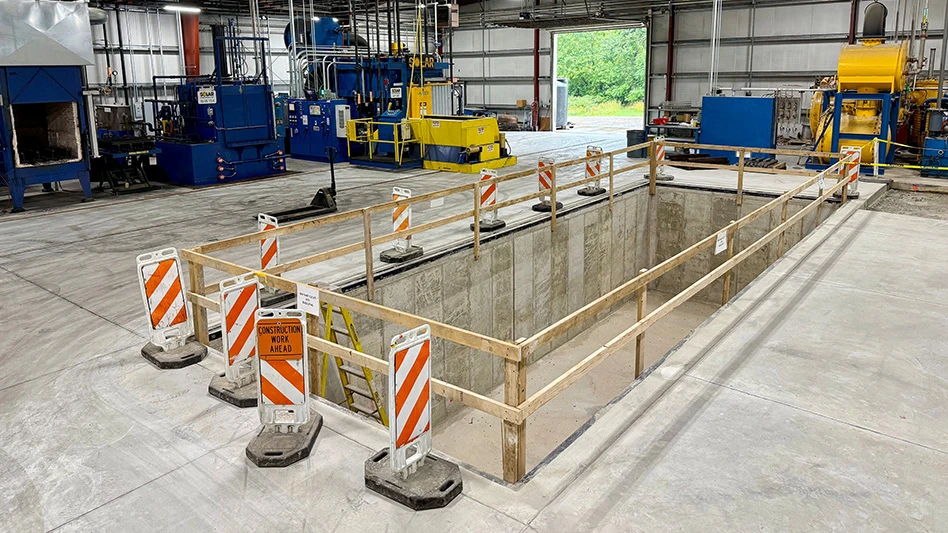 In July, researchers at NASA’s Langley Landing and Impact Research (LANDIR) facility in Virginia intentionally dropped two Cessna 172s from up to 100ft onto the ground. The tests are part of a project to improve the reliability of emergency locator transmitters (ELTs), devices that send coordinates to emergency responders after a plane crash.
In July, researchers at NASA’s Langley Landing and Impact Research (LANDIR) facility in Virginia intentionally dropped two Cessna 172s from up to 100ft onto the ground. The tests are part of a project to improve the reliability of emergency locator transmitters (ELTs), devices that send coordinates to emergency responders after a plane crash.
The problem: ELTs often don’t turn on to send that signal because of damage sustained during the impact.
Dropping examples of the widely used general aviation Cessna airplanes onto different surfaces, the crash tests come as close as possible to replicating real-world conditions.
For nearly 15 years, small onboard data acquisition systems (DAS) from Diversified Technical Systems Inc. (DTS) have been important to many tests at NASA’s Langley research Center, since they are rugged enough to survive harsh impacts and accurately deliver critical test data. NASA uses DTS’s miniature onboard DAS at four different facilities for a variety of dynamic tests, including Orion space capsule re-entry splash down testing, interior space suit force measurement/testing, aerobrake testing, low density supersonic decelerator testing, and the next-generation Mars lander.
The planes drop-tested at Langley were each equipped with two crash test dummies, a DTS TDAS PRO data acquisition system, a smart battery, and a TDAS distributor to capture the action.
Five ELT units mounted on the test aircraft work exactly as they would on an airborne aircraft, even transmitting information to satellites.
“The cool thing is we’re using the whole system,” says Chad Stimson, NASA Langley Emergency Locator Transmitter Survivability and Reliability (ELTSAR) project manager. “We get real-time feedback from space, and we’re getting first-of-its-kind data to help search-and-rescue get better outcomes.”
During one test, researchers dropped aircraft onto soil instead of concrete. Crash landing on soft dirt seems like it would be less destructive than on hard concrete, but that’s usually not the case.
“It’s actually worse,” Stimson says. “On concrete, an aircraft is more apt to skid forward, dissipating some of the energy. On soil, the aircraft can stop more suddenly.”
Researchers will examine the 64 channels of data and images from 40 cameras onboard each plane to learn how crashes affect ELTs.
Diversified Technical Systems Inc.
www.dtsweb.com
NASA Langley Research Center
https://goo.gl/TcWSz3

Explore the August September 2015 Issue
Check out more from this issue and find your next story to read.
Latest from Aerospace Manufacturing and Design
- Close out July with our Lunch + Learn on medical machining solutions
- Build your Controlled Unclassified Information (CUI) toolkit
- Michigan Advanced Air Mobility (AAM) Initiative established
- Threaded adjustable grippers
- GKN Aerospace accelerates additive fabrication for fan case mount ring
- Expanded offering of internal coolant live tools
- #47 Lunch + Learn Podcast with INSACO
- Doncasters’ Groton expansion reaches major milestone





